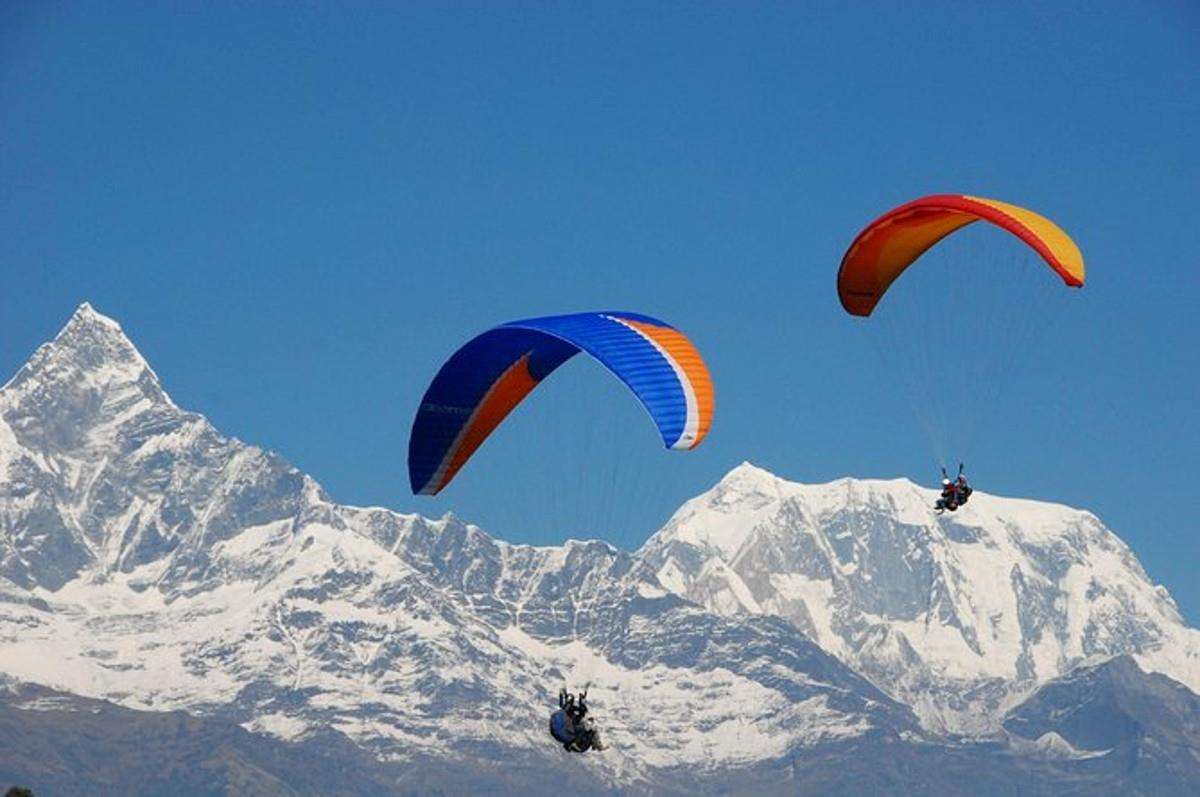Embarking on a hike offers unparalleled opportunities to connect with nature‚ challenge yourself physically‚ and escape the everyday grind․ However‚ even the most meticulously planned excursion can encounter unexpected challenges‚ highlighting the crucial importance of carrying a comprehensive hiking survival kit․ A well-prepared kit goes far beyond basic first aid; it’s a lifeline that can mitigate risks associated with injury‚ unexpected weather changes‚ or becoming lost․ Investing in and understanding the contents of a hiking survival kit is an investment in your safety and peace of mind‚ ensuring a more enjoyable and secure experience on the trails․
Building Your Essential Hiking Survival Kit
Creating a truly effective hiking survival kit requires careful consideration of your specific needs and the environments you’ll be exploring․ Generic pre-packaged kits often lack crucial items or contain low-quality components․ Building your own allows for customization and ensures you have reliable tools you know how to use․
Core Components: The Non-Negotiables
- Navigation: Map (waterproofed)‚ compass‚ and optionally a GPS device with extra batteries․ Knowing how to use them is paramount․
- First Aid: A comprehensive first-aid kit tailored to wilderness scenarios‚ including wound care‚ pain relievers‚ blister treatment‚ and any personal medications․
- Shelter: An emergency blanket or bivy sack to protect against the elements․
- Fire Starting: Waterproof matches‚ a lighter‚ and firestarter (e․g․‚ cotton balls soaked in petroleum jelly)․
- Water: Water purification tablets or a filter‚ and a durable water bottle or hydration reservoir․
- Food: High-calorie‚ non-perishable snacks (e․g․‚ energy bars‚ nuts‚ dried fruit)․
- Tools: A multi-tool or knife‚ duct tape‚ and paracord․
- Illumination: A headlamp or flashlight with extra batteries․
- Sun Protection: Sunscreen‚ sunglasses‚ and a hat․
Beyond the Basics: Customizing Your Kit
Once you’ve assembled the core components‚ consider adding items that cater to your specific hiking style‚ location‚ and potential hazards․ For example‚ if you’re hiking in bear country‚ bear spray is essential․ If you’re prone to insect bites‚ pack insect repellent and anti-itch cream․ Think about the specific risks associated with your chosen trails and pack accordingly․ A signal mirror can be incredibly helpful to draw attention in an emergency․
Maintaining and Knowing Your Gear
A hiking survival kit is only effective if it’s well-maintained and you know how to use everything inside․ Regularly check expiration dates on medications and food items․ Replace used or damaged items promptly․ Practice using your navigation tools‚ fire starter‚ and other essential equipment․ Familiarity breeds confidence and competence in emergency situations․
Comparative Table: Pre-Packaged vs․ Custom Kits
| Feature | Pre-Packaged Kit | Custom Kit |
|---|---|---|
| Cost | Generally Lower | Potentially Higher (depending on components) |
| Customization | Limited | Highly Customizable |
| Quality | Variable‚ often lower quality components | Control over quality of each item |
| Knowledge of Contents | May require additional research | Full understanding of each item and its use |
Finally‚ remember that the best hiking survival kit is the one you actually carry and know how to use․ Don’t leave home without it!

